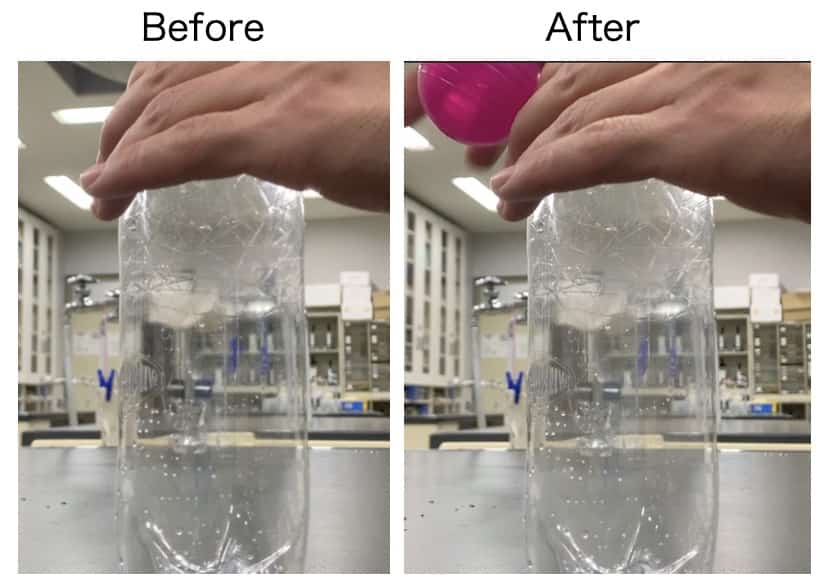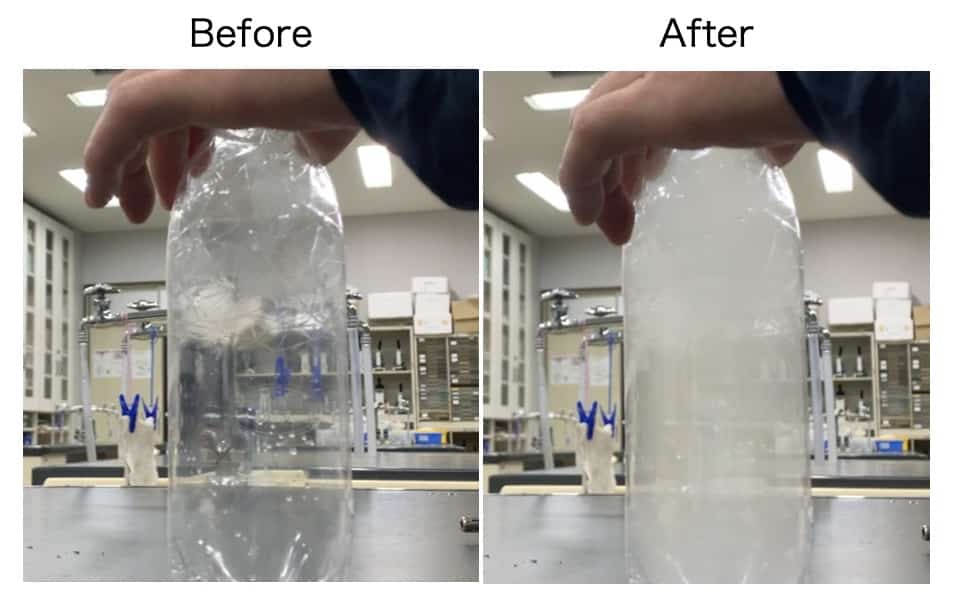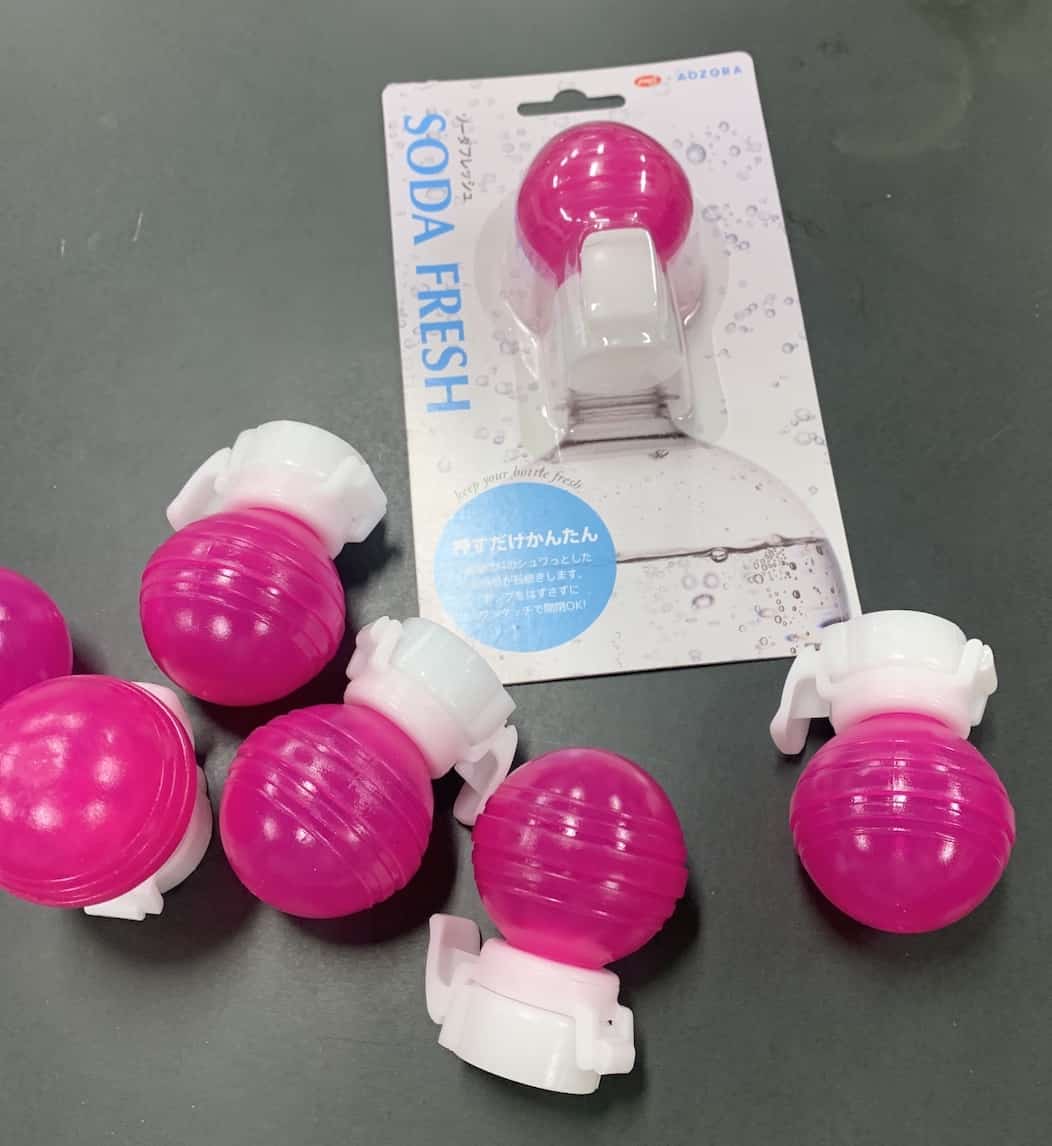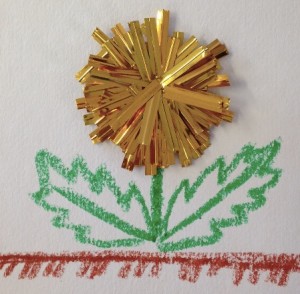The Cloud Maker: The Hidden Science of Your Soda Saver
I’m Kuwako Ken, your Science Trainer. Every day is an experiment.
There’s nothing better than an ice-cold fizzy drink after practice or on a hot day! But have you ever been disappointed when you opened a bottle the next day only to find the fizz has vanished, leaving you with “just sweet water?”
That’s where handy gadgets like the “Soda Fresh” or “Shuposhupo-kun” (a popular Japanese nickname for the pump) come in. These devices attach to the bottle, and you pump air in to increase the internal pressure, which cleverly stops the carbon dioxide gas from escaping the liquid.
Soda Fresh (Amazon)
But this gadget is good for more than just saving your soda. Believe it or not, it can be turned into a powerful science experiment machine that can create a cloud inside the bottle! Today, we’ll uncover the secret of why this “shuposhupo” pumping action generates heat and how it allows us to create a miniature cloud.
What’s the Secret of the “Shuposhupo” Pump? — The Moment Pressure Turns into Heat
When you use this device to pump air into the bottle (pressurizing it), you can feel the bottle slowly warming up to the touch. It’s clearly visible if you look through a thermal camera.
Why does the temperature rise?
Because you are forcefully squeezing air (molecules) into a confined space.
Imagine a crowded train car. If you push more people in from the outside (= pressurizing), everyone inside gets squashed, they bump into each other, and you feel the heat, right? It’s the same principle. The “work” done by the pump to push the air in energizes the air molecules, turning it into “heat” energy. In the world of physics, this is called Adiabatic Compression.
Just feeling this “relationship between pressure and temperature” firsthand makes this a fantastic teaching tool.
The Experiment: Making a Cloud in a PET Bottle!
Now for the main event. Let’s create a cloud using the reverse phenomenon of “Adiabatic Compression,” which is Adiabatic Expansion.
What You Need:
- An empty PET bottle (a sturdy, carbonation-rated one)
- Soda Fresh (the pressurizer/pump)
- Water (a small amount)
- Incense stick (or mosquito coil) Handle fire with care!
Experiment 1: Water Only (A Disappointing Result…?)
- Pour a small amount of water into the bottle, shake it lightly to humidify the inside, then pour the water out. (This increases the internal humidity.)
- Pressurize the bottle vigorously with the Soda Fresh. (Shuposhupo! Pump it up!)
- The temperature inside the bottle rises. (Warmer air can hold more water vapor (gas).)
- Quickly open the lid to release the pressure (depressurize)!
- → The air expands suddenly, and the temperature drops rapidly!
- → Because the cold air can only hold a small amount of water vapor (it becomes saturated), the excess vapor changes form, resulting in a slight fog.

To the naked eye, the result is often a subtle “Hmm, I think it fogged up a little…”—honestly, it’s a bit underwhelming. Why is that?
Experiment 2: Adding Incense Smoke (A Real Cloud Appears!)
Next, carefully add just a tiny puff of incense smoke (a quick momentary puff is enough!) into the bottle, then repeat the same steps (① to ⑤) as above…

→ This time, a distinct white “cloud” clearly appears inside the bottle!
What caused this dramatic difference? The answer is that the incense smoke acted as “nuclei.”
In Experiment 1, the displaced water vapor (gas) was “lost,” struggling to find a place to gather into droplets. However, in Experiment 2, tiny smoke particles (aerosols) provided a “place to gather.” The water vapor instantly rushed to these particles and was able to condense into visible “water droplets (a cloud).”
The Small Bottle is Just Like the Earth’s Sky
This experiment offers students learning that goes far beyond a simple “cool trick.”
- It reveals the true nature of a cloud: You can physically feel that a cloud is not “water vapor (invisible gas)” but rather a collection of “tiny water or ice particles (visible liquid/solid).”
- It teaches the relationship between temperature, pressure, and state changes: As air rises and expands (depressurizes), its temperature drops, and a cloud forms. This is the exact mechanism of weather formation happening on Earth.
- It highlights the importance of the unseen: And most importantly, students learn that “invisible elements in the air (aerosols) are crucial.” The actual sky is filled with tiny bits of dust, soot, and sea salt particles that act as these “nuclei.” Without them, clouds simply cannot form.
A common household item designed to save your soda becomes a miniature device that recreates the Earth’s weather system. The fun of science lies in discovering these unexpected “connections.”
Inquiries and Requests
Bring the wonder and fun of science closer to you! I have compiled fun science experiments you can do at home, along with easy-to-understand tips. Feel free to search through the various articles!
・The content from my science notebook is now a book. Find out more here ・For information about the administrator, Kuwako Ken, click here ・For various requests (writing, lectures, experimental classes, TV supervision/appearances, etc.), click here ・Article updates are posted on X!
![]() We post experimental videos on the Science Channel!
We post experimental videos on the Science Channel!



